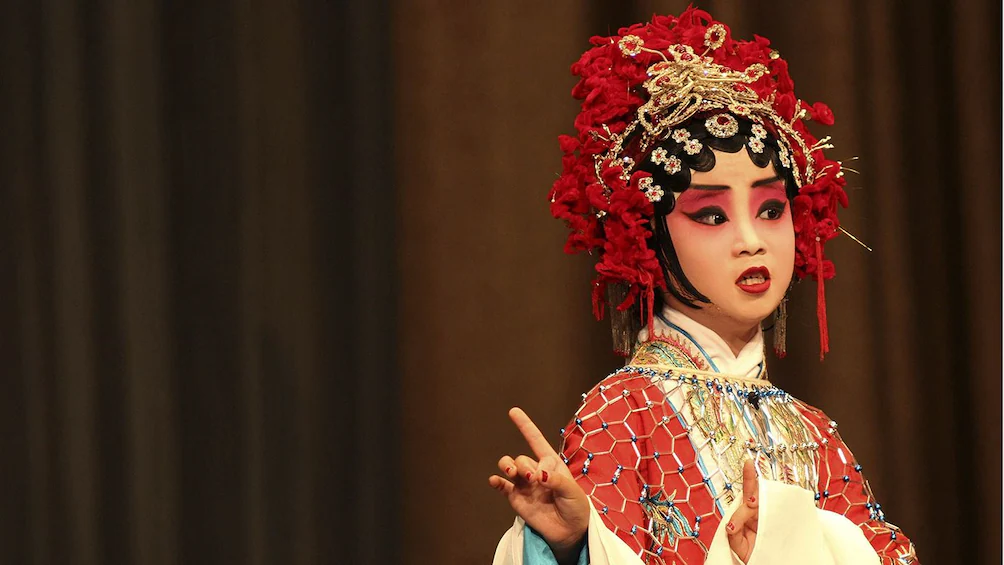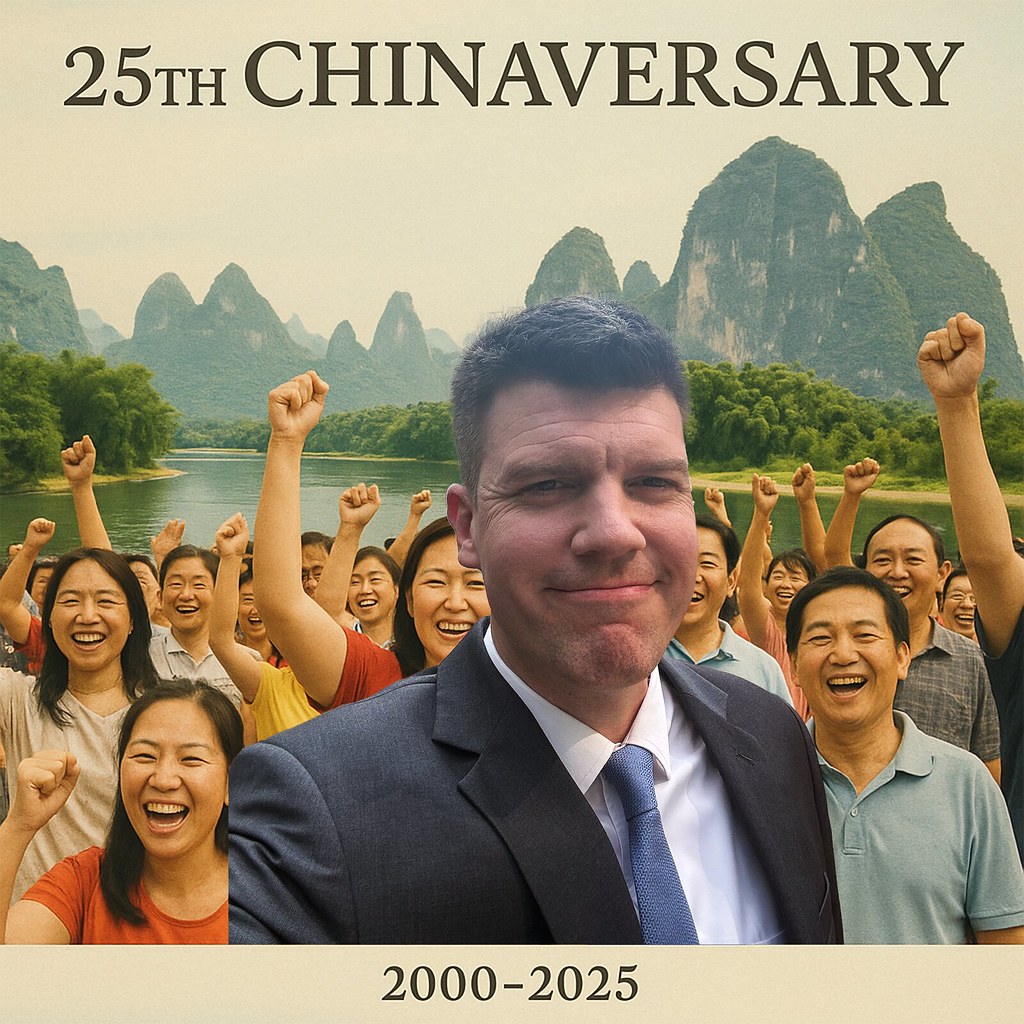Skin-deep portrayals of traditional aesthetics have helped producers to balance commercial success and political messaging, but there are signs the act is wearing thin.
This September, one of the hottest touring stage shows in recent memory, “An Expanse of Green” arrived in the eastern city of Yangzhou. The show, which features a mix of dance and poetry based on the Northern Song Dynasty painting “A Thousand Li of Rivers and Mountains,” premiered in Beijing last year to tremendous commercial success, only to see its tour schedule derailed for several months due to China’s strict COVID-19 prevention measures.
The pause did little to dampen audiences’ enthusiasm, however. Ground floor seats for the Yangzhou stop went for around 980 yuan ($136), while my own, on a fourth story balcony so remote I could barely see the backdrops, cost 580 yuan. The show’s other stops had sold out almost immediately, and theatergoers from across China who missed out were more than happy to snap up tickets to the delayed Yangzhou show — travel expenses and the ever-present risk of COVID-19 lockdowns be damned.
Like the similarly popular 2019 drama “The Eternal Wave” — an adaptation of the 1958 war film of the same name — the buzz for “An Expanse of Green,” with its paeans to Chinese traditional culture, has benefitted from enthusiastic government support. A scene from the show was included in China Central Television’s 2022 Spring Festival Gala program block, and the production took home the Wenhua Grand Prize at the China Culture and Arts Government Awards this September.
But the popularity of “An Expanse of Green” and “The Eternal Wave” isn’t just the product of government backing. The slickly produced shows, part of a genre known in Chinese as wuju, or “dance dramas,” have won over not just theater fans, but also general audiences who might never have stepped foot inside a theater before.


